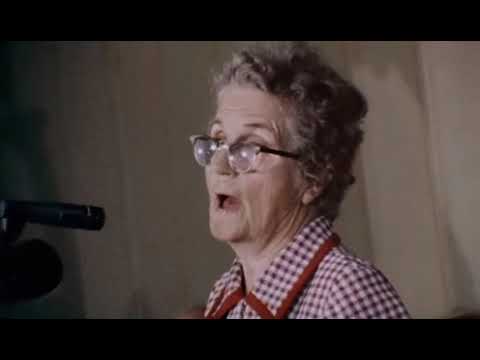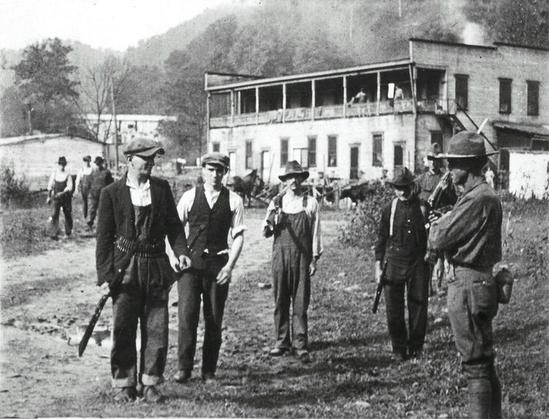Today in Labor History November 1, 1919: Over 400,000 miners across the country went on strike. The strike took place in the wake of World War I, and the ongoing Red Scare, in which the authorities were rounding up, imprisoning and deporting thousands of suspected communists, anarchists and radicals. There was also a major steel strike already under way. The mine owners accused the miners of Bolshevism and claimed they were being funded by Lenin and Trotsky. Ultimately, the strike succeeded in winning wage gains for hundreds of thousands of unionized miners. However, conditions for nonunion miners continued to deteriorate, leading to another strike, the following year, in West Virginia. In this strike, the mine owners used private cops to terrorize and murder striking miners, leading to the Matewan Massacre (1920), and the Battle of Blair Mountain (1921), the largest armed insurrection since the Civil War, and the largest labor uprising in U.S. history. Miners also struck in July, 1919, to protest the imprisonment of IWW labor activist Tom Mooney, wrongly convicted for the San Francisco Preparedness Day Parade bombing, and for higher wages to keep up with the post-war inflation. This time, their own union opposed the strike, leading to wild cat actions across the country. Insurgent miners took over the United Mine Workers (UMW) convention in Cleveland, even though union officials tried to exclude rebellious locals. The UMW was so concerned with suppressing wildcat strikes and dissension among their ranks that they even supplied scabs to help mine owners put down the wildcat strikes.
Read my article about about the Matewan Massacre and the Battle of Blair Mountain here: https://michaeldunnauthor.com/2024/04/14/the-battle-of-blair-mountain/
Read my article about Tom Mooney here: https://michaeldunnauthor.com/2024/05/19/tom-mooney-and-warren-billings/
#workingclass #LaborHistory #mining #coal #union #strike #umw #matewan #massacre #communism #anarchism #prison #deportation #redscare #scab




